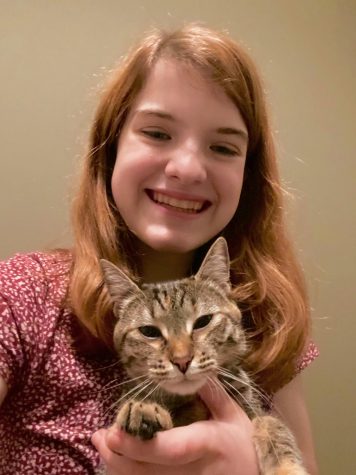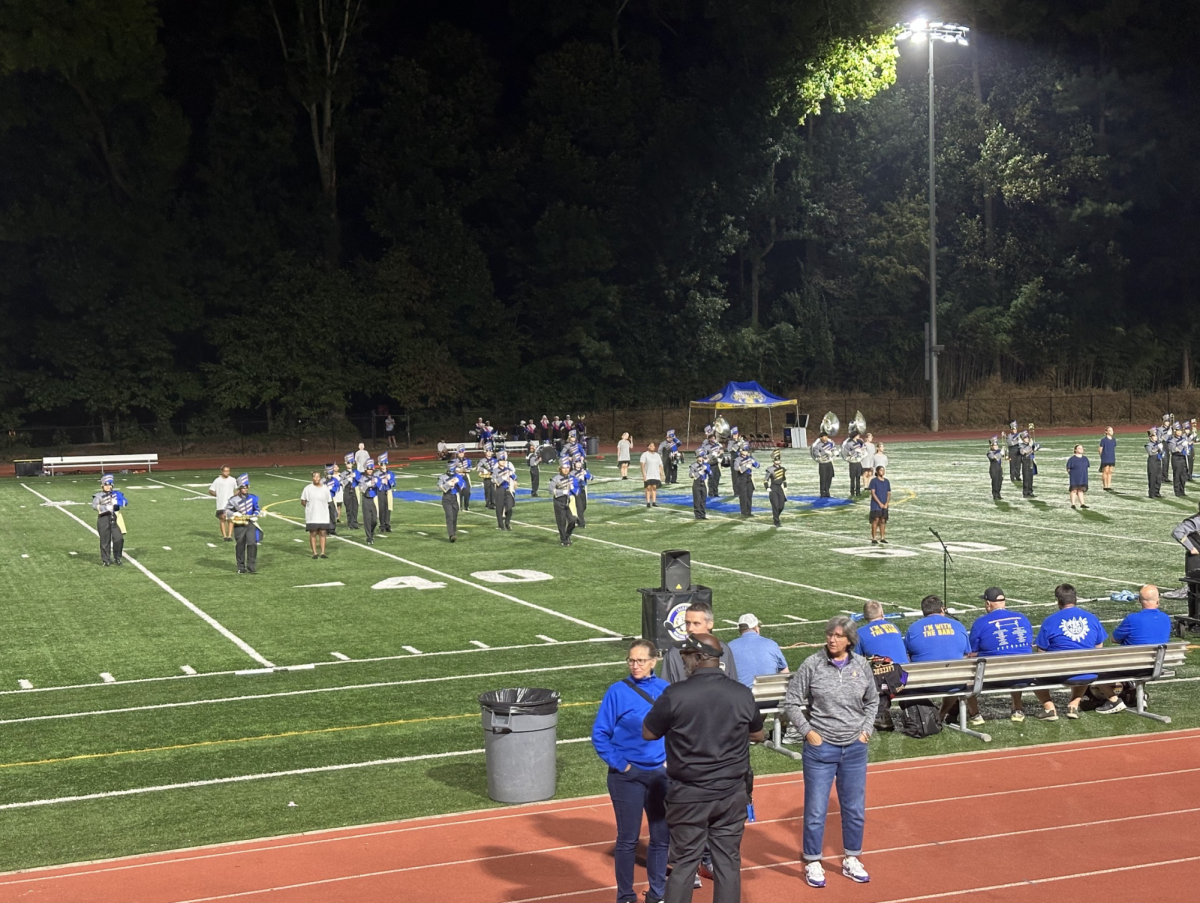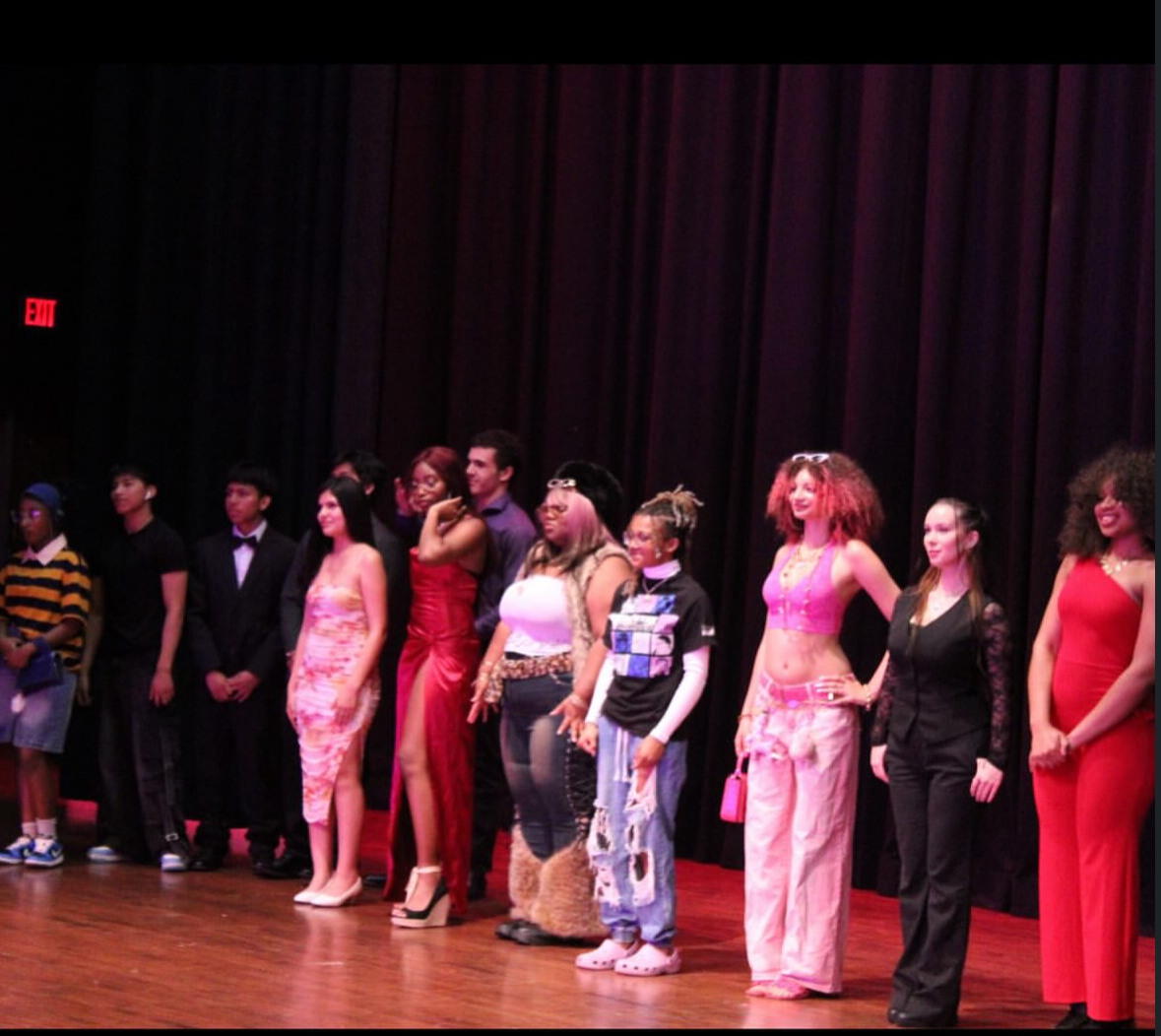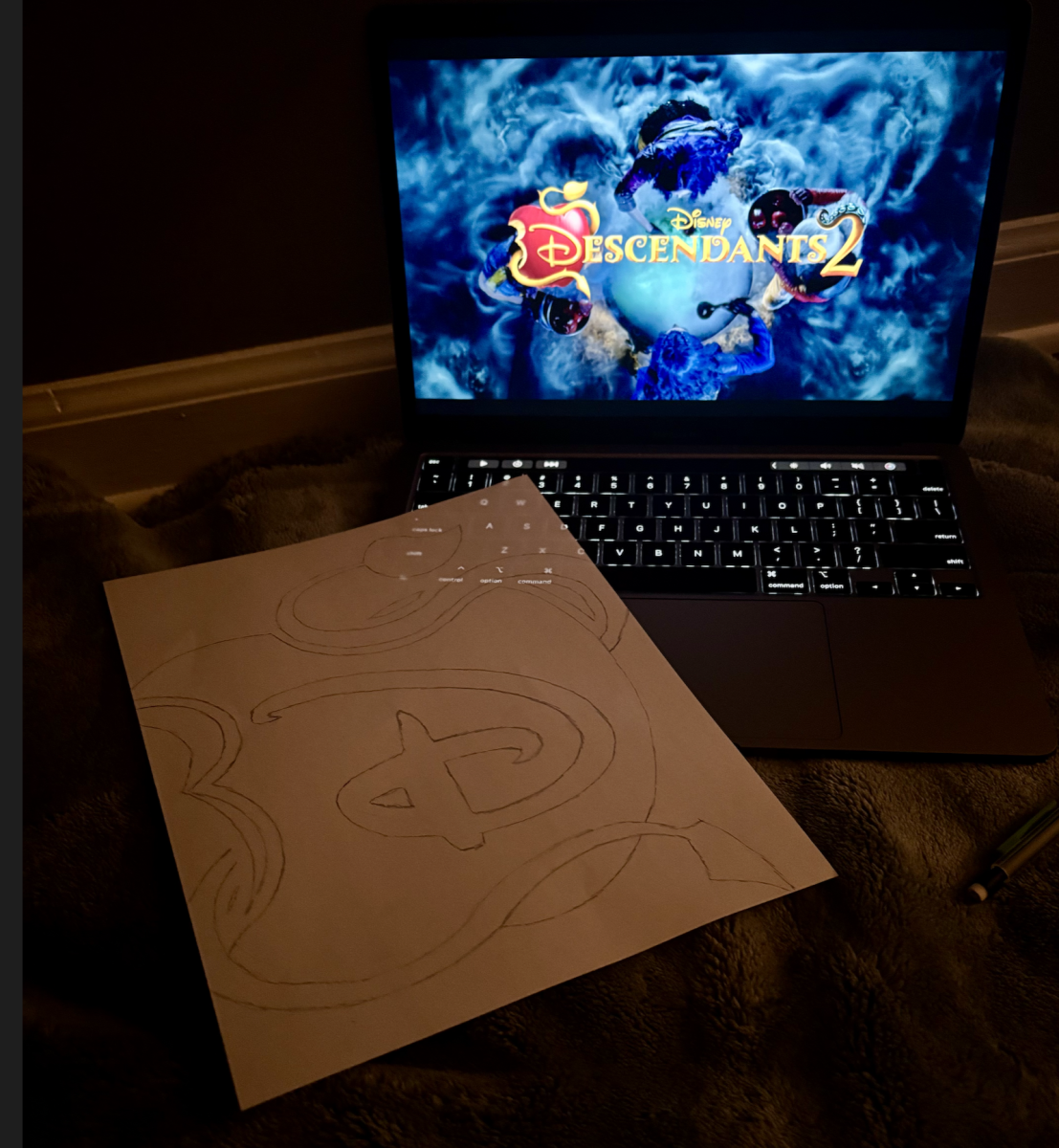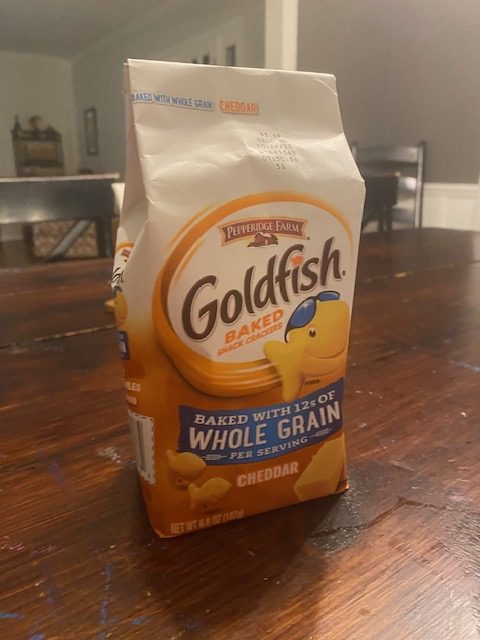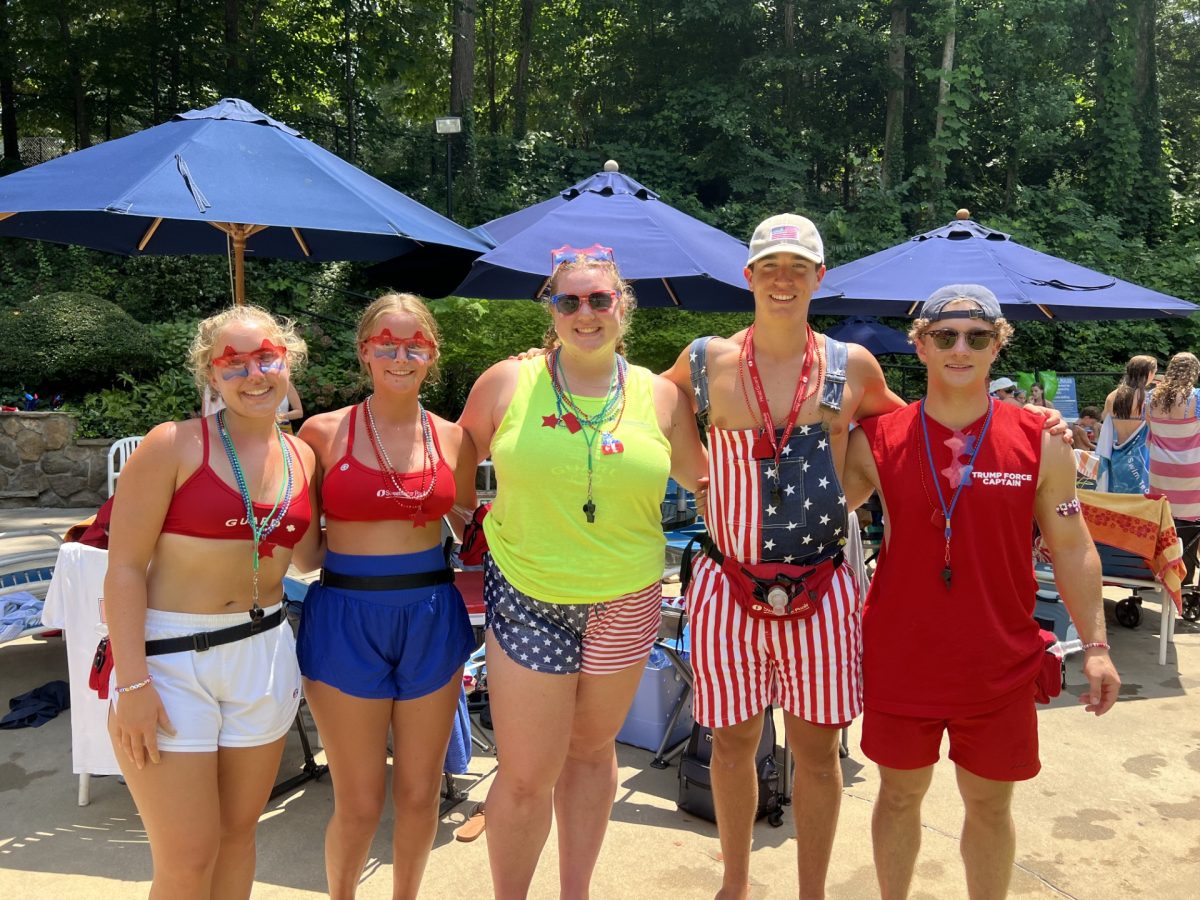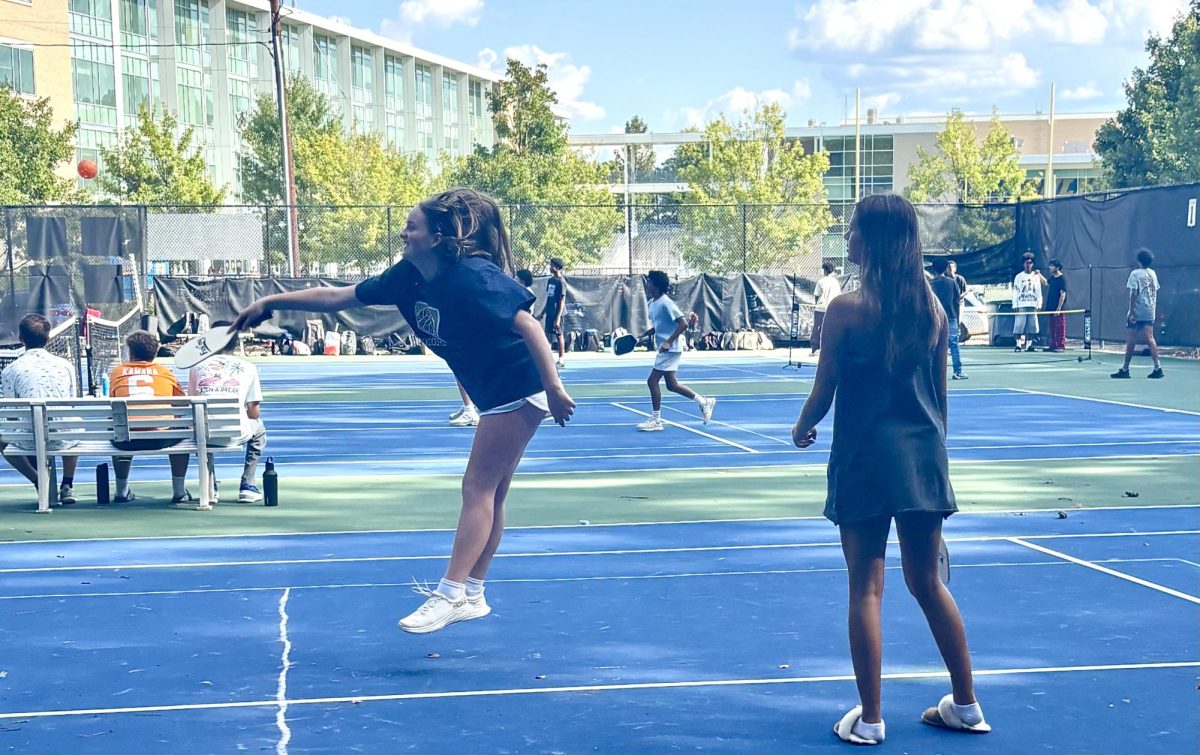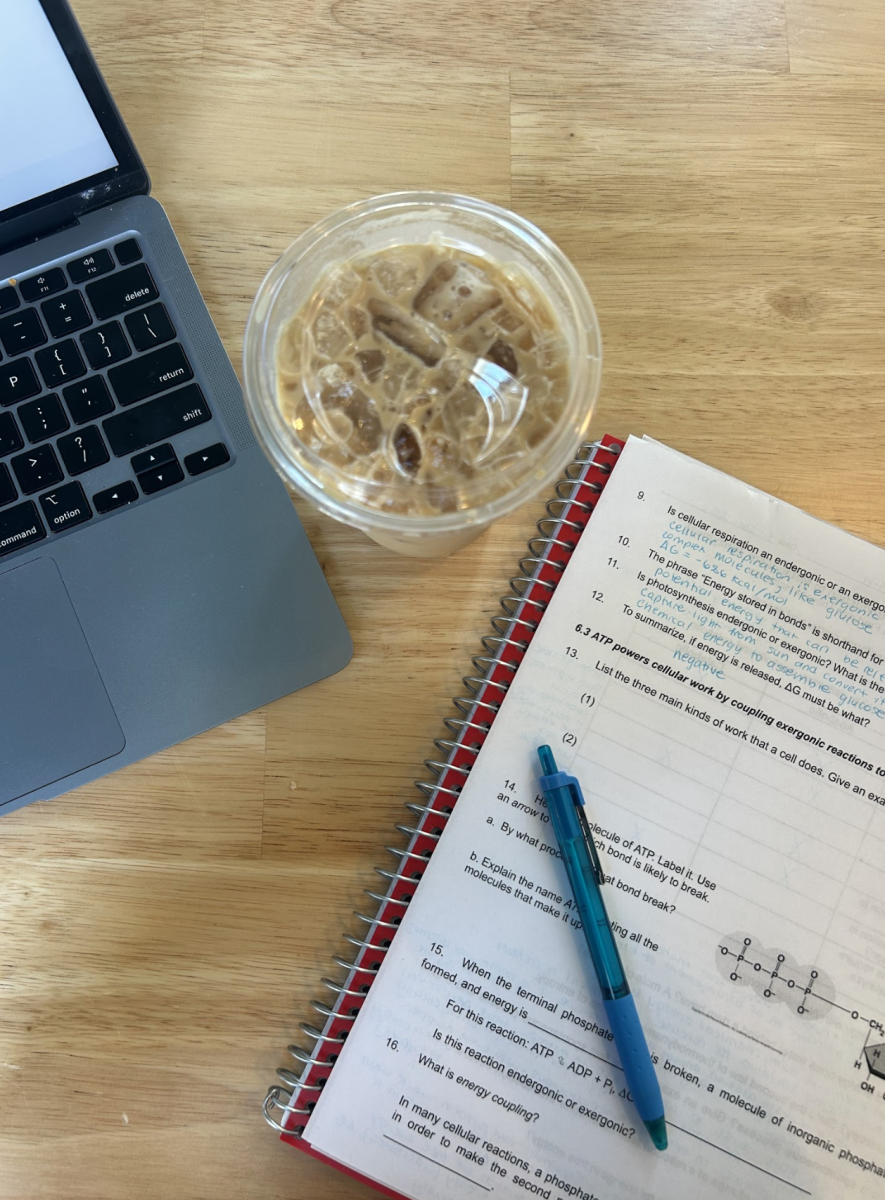Chamblee Alum Ryan Gravel: Where Is He Now?
September 25, 2019
This is the second part of a two part series on Chamblee alumnus Ryan Gravel. Read the first part here.
Ever since Chamblee alum Ryan Gravel envisioned the Atlanta BeltLine, his career has taken off. Gravel is now listed as one of “45 Atlantans We Love” in the Atlanta Magazine in 2006, “Top 25 Newsmakers” in the Engineering News-Record in 2011, and “100 Most Influential Georgians” in the Georgia Trend Magazine in 2014. He has been featured in hundreds of news articles and radio reports and was inducted into the Chamblee Hall of Fame in 2009. Today, Gravel continues to play a hand in the future of Atlanta. He runs an urban design consultancy called SixPitch and a nonprofit focused on cultivating and supporting Atlantans with great ideas called Generator. In 2016, Gravel wrote a book, Where We Want to Live, exploring the effect cities have on our day-to-day lives. He is even launching a restaurant, Aftercar, serving plant-based, locally sourced food, to raise money for Generator.
“It’s a fresh plant-forward menu, focused on seasonality with global influences, zero laced [ingredients] and locally sourced supply chain,” said Gravel about Aftercar. “The idea is to be intentional about sourcing our food so the people who are farming it and making it are getting paid for doing that, and on the flip side that we’re minimizing the waste that is created by restaurants and driving a market for that kind of food.”
Through Generator, Gravel is hoping to fan the flame and support improvement throughout the city.
“We need ideas,” said Gravel. “I think that we especially need ideas that we’re not hearing because a lot of people that have great ideas don’t have a platform and their voice isn’t being heard, so we need to make sure that those people are included in the dialogue about their own future. Generator’s purpose is to elevate and support those ideas by creating a support system around them, so if they need help with expertise, I can help find that expertise for them. If they need funding or volunteers or whatever they need, we can support them in that way.”
The idea for Aftercar came up as an idea to both assist Generator with funding and to support Generator’s mission.
“Running a nonprofit is tough work, especially if you’re doing something that’s pushing the envelope, so raising money is tough, so we have an idea to open a restaurant on the BeltLine that the nonprofit will cohabitate with and ultimately be funded by,” said Gravel. “60% of the budget for the nonprofit will come from the restaurant, and because it’s on the BeltLine and I’m part of the story, people will hopefully flood in and spend money. […] I’m really excited about it. We’re hoping to open the restaurant by late spring, so we still have a road ahead on that one too.”
Gravel also sees a restaurant as a fundamental place to cultivate these great ideas.
“We also see that some of the great social and cultural movements in world history came out of bars and restaurants,” writes Gravel on Generator’s new website, generatorcity.org, that launched last Friday. “By breaking bread together and sharing a meal, people are more likely to see each other, understand each other, and work toward a shared vision for their future.”
The restaurant, which Gravel describes as a “retro-futurist-BeltLine-social-house,” will be in the basement of the telephone factory loft on Ralph McGill Boulevard facing the BeltLine, and there will be some additional events at the venue before the restaurant opens.
In addition to his work on Generator, Gravel also consults with urban clients, continuing to shape our city.
“I have a consulting practice called SixPitch. I work with clients who are working on large-scale urban visions,” said Gravel. “For example, the project that I’m working on right now is with the Nature Conservancy. They are working on a 3500-acre park inside 285 to be as big as Stone Mountain Park but inside 285, made up of old landfills and degraded urban land and truckyards in southeast Atlanta. That would be surrounded by low-income communities of color, so there are many challenges that come with that, [including] urban growth and change and the preservation of people in places that have meaning and value in the face of growth that otherwise will displace them.”
This proposal, which Gravel describes as ‘Atlanta’s last chance to have a massive new green space of that scale that close to downtown’, is just one of his many projects. Gravel is also working on real estate development in southwest Atlanta.
“I’m also involved in real estate development in West End, which is a historic African American community in southwest Atlanta,” said Gravel. “It’s got a transit station and it’s across from Morehouse and Spelman. The community’s been planning for redevelopment of the site for 25 years, but now the market is ready to pay for it, and so we’re trying to make sure that it happens in a way that includes the community and uplifts the community for that growth and change, so they’re not displaced by it. […] The private sector also needs to step up and be more thoughtful about diversity and inclusion.”
In 2016, Gravel authored a book, Where We Want to Live, to tell the story of the BeltLine and to expound his ideas about cities and the impact they have on our lives.
“I wanted to tell [the story of the BeltLine] because for us to deliver this very long term vision, then we need more people, we need more ideas, we need more voices at the table. We need them to hold the city accountable,” said Gravel. “I wanted to connect the dots between the BeltLine and a lot of other things going on around the world. Because of the success of the project, I get to travel all over the place telling our story, and every city is similarly going through similar things. They’re taking old railroads, degraded waterways, obsolete roadways and rebuilding them for some new way of life. It’s unique in its characteristics, but it’s part of a much larger global story.”
Gravel even touched on his own narrative throughout the book.
“I ended up writing it as a narrative and a story, and then connecting it more to seeing my own story as the story of urban sprawl and change,” said Gravel. “My grandparents laid the foundation for what today you call sprawl but back then they just called it future. My parents moved us from Louisiana to Atlanta to take advantage of the economy that was a direct result of the highways the region was building back in the 70s. It put dinner on my table and it sent me to college […] I’m trying to get people to see the construction of the world around them, that they have a role to play in shaping the world around them, that they’re making decisions all the time that affect them.”
Gravel encourages young people to consider their role in cities.
“I think that the nice thing about cities is the best cities in the world are inherently complex, and they require people from all kinds of backgrounds and all kinds of areas of expertise and interests to participate in shaping the future, and so it doesn’t matter what you want to do, whether you’re in technology or the arts, whether you’re an entrepreneur or a banker,” said Gravel.
He has some bold words for today’s students: focus on ideas first, then the details.
“We need big ideas and big solutions. Anything from climate to technology, we need to move the needle,” said Gravel. “We don’t need to be listening to all the naysayers who will say it’ll never happen. If we had started the BeltLine with the question of how we were going to pay for it, we would have never done it. This was an ambitious vision for the city’s future to be built on land we didn’t own, to be paid for with money we didn’t have, in a state that was hostile to everything we were doing. The first question is what do we want, what kind of lives do we want, and then you put in place all the things that are needed to deliver that way of life. That has to be the way that we think about that and [you have to] think big.”

